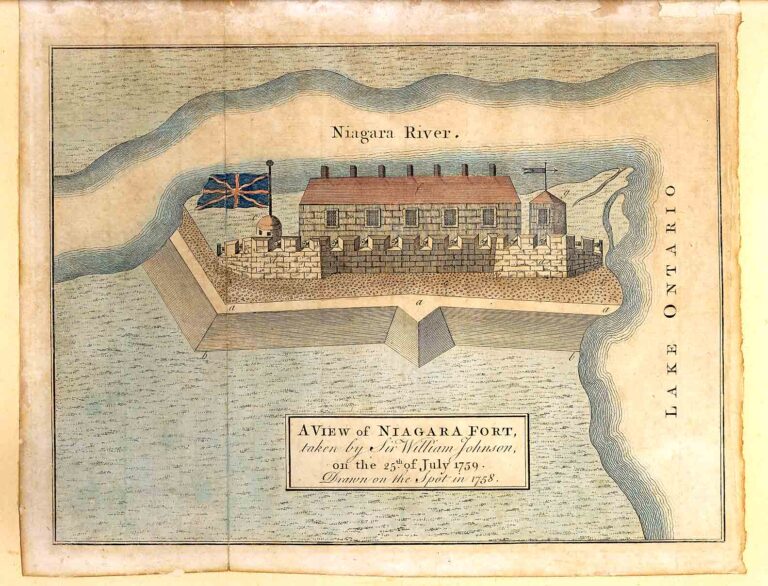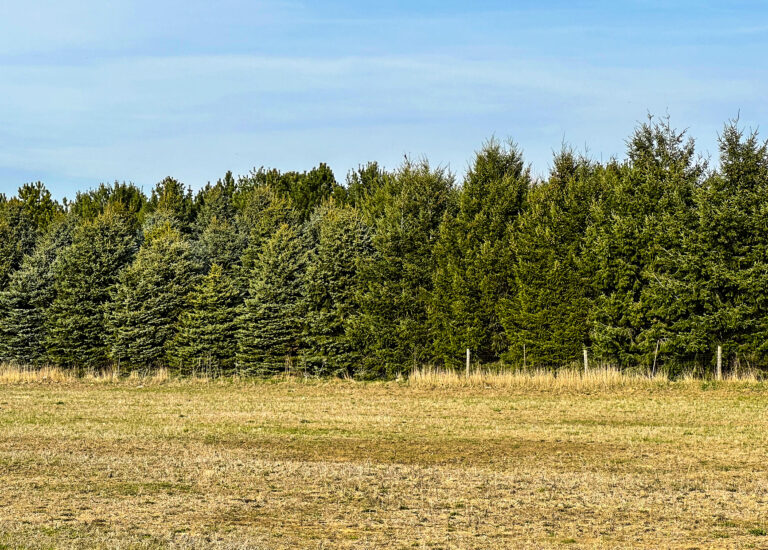Towns evolve over time and their architecture (both residential and commercial) tends to reflect, in part, the cycles of changing economic conditions.
During boom periods, larger, more impressive buildings were constructed. But when the economy was in the doldrums, any build was simple, an existing building might be repurposed, or no construction at all was undertaken.
Then, there is the reality of changing tastes and the exercise of individual preferences. Dependent on the decade, two buildings of the same period in proximity to one another might be quite similar or of divergent appearance. Further, an older building in a style of its time, may be remodelled to reflect the “newest” trend in design.
Finally, individual plans and circumstances could and often did change from one year to the next (and even more quickly in the unregulated economy of the 19th century).
This could, for example, result in the requirement to section and sell land upon which a larger building had been planned, forcing a smaller structure to be constructed or a shortage of money effectively could cause a shrink in the build, thereby leaving a small portion of the property undeveloped.
These relatively small gaps between two larger buildings would later be sold and more modest infills constructed in the space.
So, let’s take a quick walk in Old Town to pick out a few scattered illustrations of some of these points. The building at 23-27 Queen Street (ca. 1895) and, of course, the Court House (ca. 1840) directly across the road represent good economic times.
Then, pop over to Prideaux between Regent and Victoria where you will find three brick Georgian homes of the early 1800s which are distinctly similar.
Both the Prince of Wales Hotel and Randwood got a full Second Empire remodel in the latter part of the 19th century to present those wonderful mansard roofs.
Ever wonder why the end parapet walls of the McDougal House at 165 Queen St. have no window openings? Well, it was designed and constructed as the first Neo-classical townhouse in what was planned to be multi-unit terrace. A terrace that was never built.
But, returning to the “High Street” portion of Queen, one needs to ask just how many of those buildings and how much of the iconic streetscape presented are actual historic. In other words, did the street look like that in 1950 or 1900? The short answer is “Sort of.”
Nostalgia is something that small towns across North America have been addicted to for decades. This inclination coalesced into a movement during the 1970s with the objective of revitalizing the commercial viability of small-town main streets by developing a “tourist” economy utilizing existing historic buildings and augmenting those with structures of a nostalgic flavour as a platform for a c-oordinated set of leisure based businesses. And it worked.
Not a bad thing provided we recognize what it is and do not let the result override good architecture.











